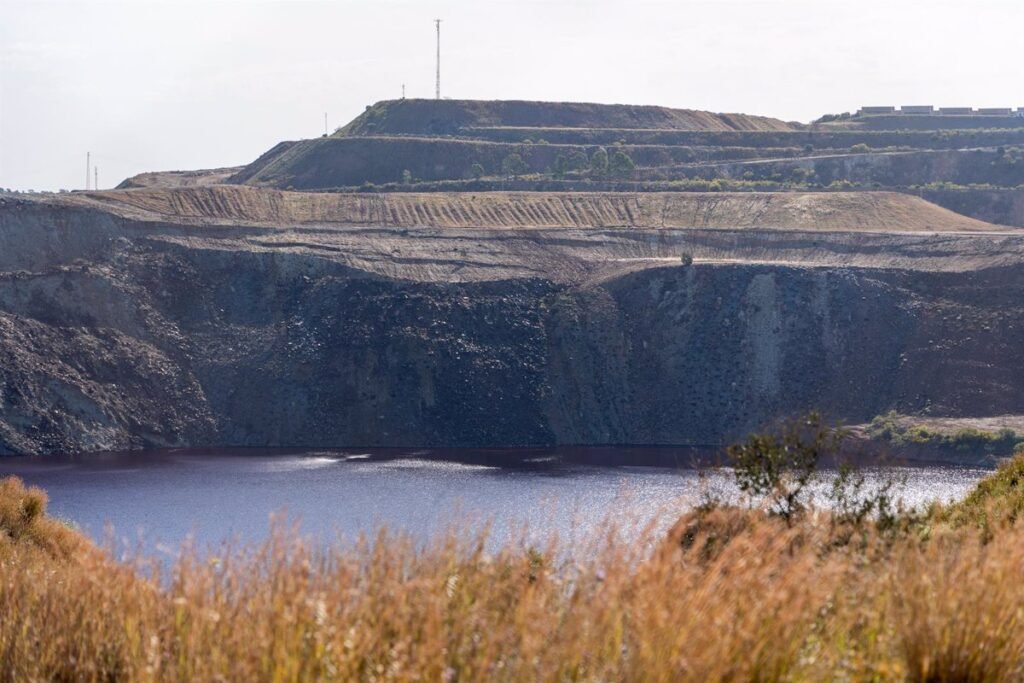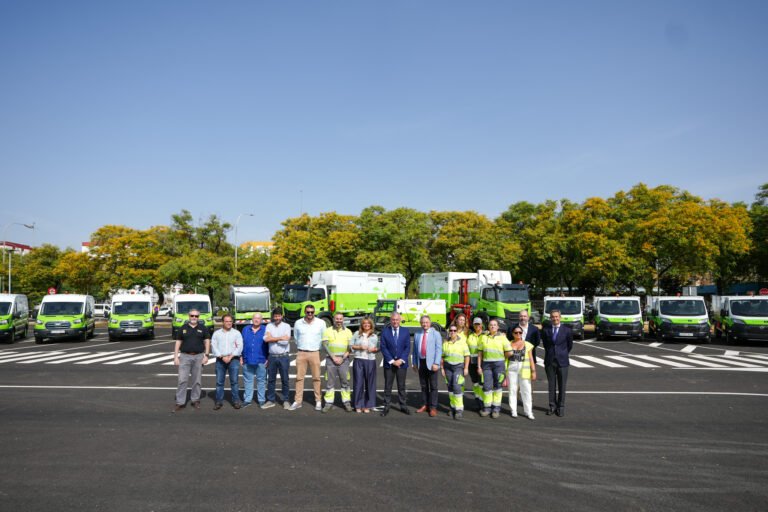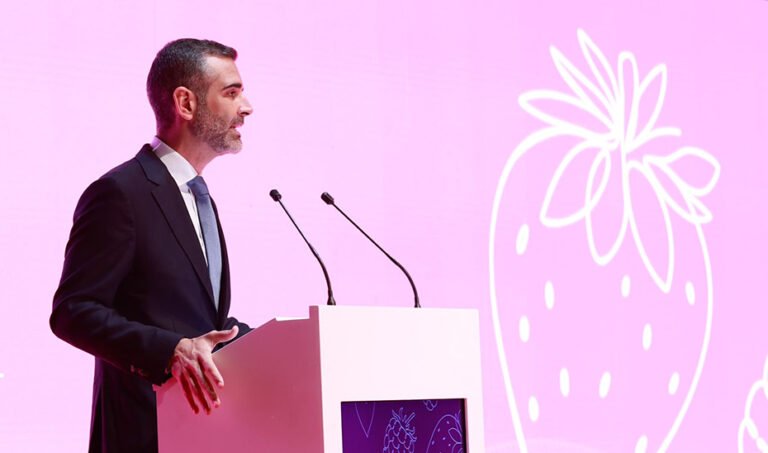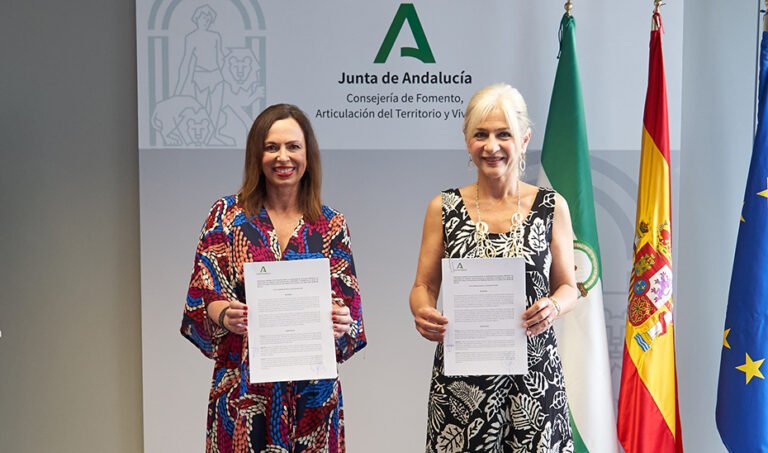
The Faculty of Geography and History of the University of Seville has presented a report prepared by experts from the Universities of Seville, Huelva, and Pablo de Olavide, and coordinated by the Nueva Cultura del Agua Foundation, which warns that the current mining activation process could compromise the availability of drinking water in Western Andalusia in the medium term due to the presence of heavy metals; while the sector argues in favor of recovery projects and the maintenance of around 10,000 direct jobs and 20,000 indirect jobs in the entire region.
For this reason, and to prevent «water collapse,» the report ‘The impacts of mining in Western Andalusia’ proposes a «moratorium» on new mining authorizations in the Iberian Pyritic Belt until the effects of the accumulation of mining contaminants in rivers and aquifers are thoroughly studied, as well as their impacts on agricultural areas, fishing activities, and water for human consumption.
According to the report’s authors, the consequences of metallic mining in Western Andalusia translate into «extensive areas with natural uses, soil, vegetation, and landscape destroyed, the river network – including the Odiel and Guadalquivir rivers – deeply contaminated by acidic waters and heavy metals, pollution that extends to the Huelva Estuary and the Atlantic coastal waters, also posing a threat to groundwater.» In fact, according to the report, the Tinto and Odiel rivers are the world’s main source of toxic mining pollutants to the oceans, and the Guadalquivir Estuary is also affected, threatening the Doñana National Park.
The authors of the report oppose new mining projects, such as the E-LIX plant in Riotinto, the expansion of the Cobre Las Cruces mine – whose former directors were convicted of environmental crimes and damage to public property due to pollution and unauthorized water extraction – or the reactivation of mining activity in Aznalcóllar, marked by the 1998 disaster, which denies the «toxic» discharge attributed to it and cites investments in environmental measures.
The researchers also mention the mining project in the Alcalaboza riverbank, one of the few healthy riverbanks remaining, or the Aguas Teñidas mining project, which would involve cutting down more than 30,000 pine trees and building the largest toxic waste pond in Andalusia, with its managers highlighting an economic impact of around 190 million euros per year on the local economy.
The report’s conclusions warn of this «water collapse» that would lead to the inability to maintain riverbanks and valleys, not only ecologically viable but economically beneficial for all human activities that require drinking water, such as agriculture, fishing, and tourism.
The researchers have criticized that «the most worrying thing is that public administrations are not only not addressing this wave of new mining projects but have become active promoters, especially the Andalusian government, claiming to apply the strictest environmental legislation and that authorized projects have all the guarantees.»
The study is the first comprehensive analysis of the impacts of mining, which in Andalusia is primarily carried out by foreign companies «that have left a desert combined with permanent pollution,» criticized Félix Talego, a professor at the University of Seville.
The report highlights the multiple negative impacts of metallic mining, which on the other hand cites thousands of job positions due to acidic drainage loaded with heavy metals such as cadmium, manganese, iron, aluminum, lead, mercury, nickel, arsenic, copper, selenium, chromium, and zinc.
«This pollution does not stop after the end of mining operations but will continue for centuries and even thousands of years after abandonment, with toxic effects on many organisms and human health,» they warn.
The researchers have warned about the «critical» situation in which the rivers are already and the «widespread lack of control of mining pollution.» Among them, Jesús Castillo, an Ecology professor at the University of Seville, who has studied 169 scientific articles supporting the harmful effects of mining in the environment for the report, has stated that there are «clear evidence of metal contamination in agricultural soils, as well as in vegetables and fauna, including fish, snails, and bivalve mollusks in estuaries and continental shelves.»
Moving forward with the mining projects in the exploration phase and those that are announced, in their opinion, will also turn the Guadalquivir Estuary into «a sewer» that will affect fishing in the Gulf of Cadiz, explained Félix Talego. «Neither the authorities nor the citizens are aware of the serious danger to life, the economy, and society that mining represents,» he stated.
During the press conference, Professor María Jesús Beltrán from the University Pablo de Olavide provided a detailed analysis of the effects of the Cobre Las Cruces Mine on groundwater and the depletion of water resources due to the overexploitation of aquifers caused by this mine.
On the other hand, Cristian Muñoz from the Nueva Cultura del Agua Foundation stated that «no regulations are designed to protect ecosystems but rather to allow extraction as a business.» Therefore, he explained, «if the regulations do not change, the result will be environmental degradation,» a degradation that has been linked to «higher incidence of cancer and mortality among the population.»
FUENTE





